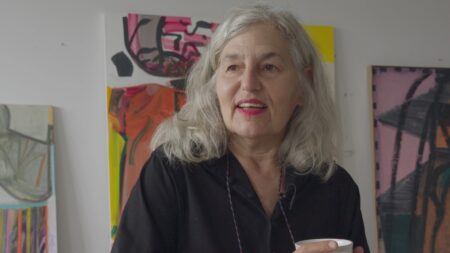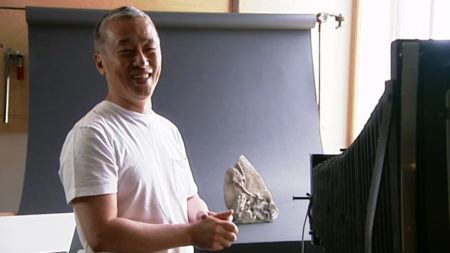Continue playing
(Time remaining: )
Play from beginning
Continue playing "{{ controller.videos[controller.getVideo(controller.currentVideo)].segmentParentTitle}}"
{{controller.videos[controller.getVideo(controller.currentVideo)].title}} has ended.
Richard Tuttle in "Structures"Preview
Richard Tuttle commonly refers to his work as drawing rather than sculpture, emphasizing the diminutive scale and idea-based nature of his practice. He subverts the conventions of modernist sculptural practice and instead creates small, eccentrically playful objects in decidedly humble materials such as paper, rope, twigs, and bubble wrap.
Tuttle also manipulates the space in which his objects exist, forcing viewers to reconsider and renegotiate the white-cube gallery space in relation to their own bodies.
More informationClosed captionsAvailable in English, German, Romanian, Italian, Japanese, Korean, Chinese, Italian
Through the Art21 Translation Project, multilingual audiences from around the globe can contribute translations, making Art21 films more accessible worldwide.
Interested in showing this film in an exhibition or public screening? To license this video please visit Licensing & Reproduction.
Preview
Preview
Preview

